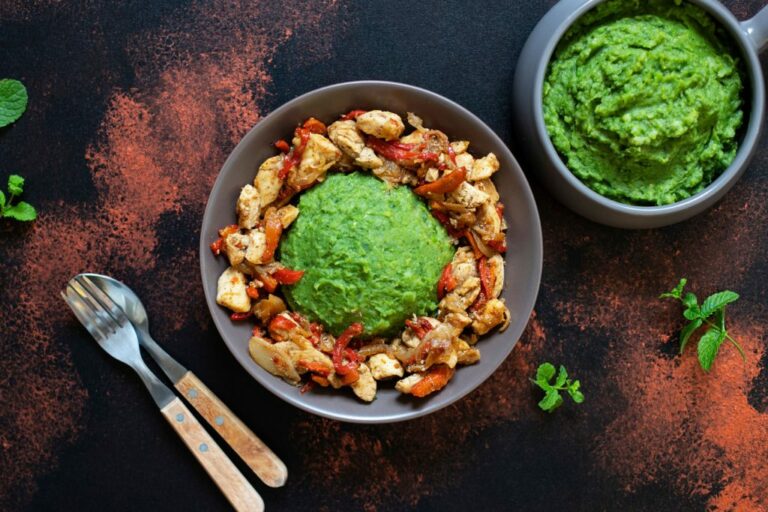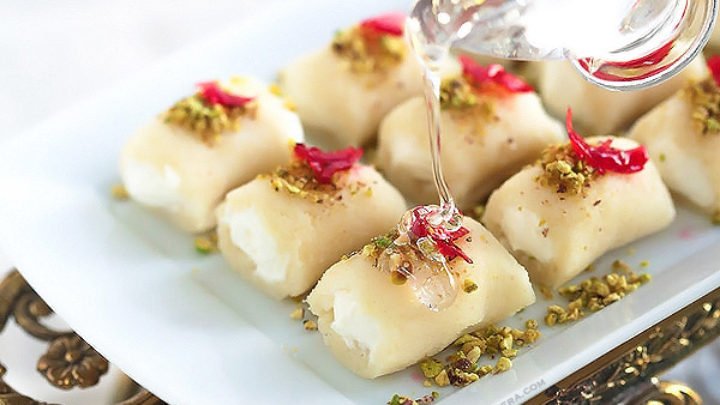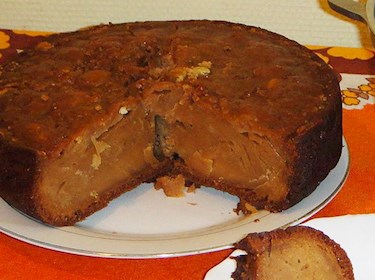Introduction: Overview of Kenyan cuisine
Kenyan cuisine is a reflection of the country’s diverse cultures, geographic regions, and historical influences. The cuisine features a mixture of African, Middle Eastern, and Indian flavors, with a focus on grilled meats, stews, and vegetables. While Kenyan cuisine is known for its savory dishes, it also boasts a variety of sweet delights that are enjoyed as desserts or snacks.
Sweet Delights: Common Desserts in Kenya
Kenyan cuisine offers an array of desserts that are typically made with local ingredients such as coconut, cornmeal, and cassava. Some of the most popular Kenyan sweets include Muhogo wa rojo, Kaimati, Mandazi, and Chapati.
Muhogo wa rojo: A Traditional Kenyan Sweet
Muhogo wa rojo is a traditional Kenyan dessert made from cassava, which is a starchy root vegetable. The cassava is peeled, boiled, and mashed before being mixed with sugar and coconut milk. The resulting mixture is then cooked until it thickens and forms a pudding-like consistency. Muhogo wa rojo is typically served cold and garnished with toasted coconut or chopped nuts.
Kaimati: Kenyan Fried Doughnut
Kaimati is a popular sweet treat in Kenya that is similar to a doughnut. The dough is made from flour, sugar, and yeast, and is then deep-fried until golden brown. Once cooked, the kaimati is dipped in a sweet syrup made from sugar, water, and cardamom. Kaimati is often served as a snack or dessert, and is typically enjoyed with chai tea.
Mandazi: A Popular Snack in Kenya
Mandazi is a popular snack in Kenya that is similar to a fried bread or doughnut. The dough is made from flour, sugar, and coconut milk, and is then deep-fried until golden brown. Mandazi can be served plain or with a variety of toppings such as honey, cinnamon, or jam. It is often enjoyed as a quick breakfast or as a snack with tea.
Chapati: A Simple yet Delicious Kenyan Dessert
Chapati is a simple yet delicious dessert that is commonly enjoyed in Kenya. It is made from flour, water, and salt, and is cooked on a hot griddle until it puffs up and becomes light and fluffy. While chapati is often served as a side dish with savory meals, it can also be enjoyed as a dessert by adding sugar, cinnamon, and butter. Chapati is a versatile dish that can be sweet or savory, depending on the ingredients used.
In conclusion, while Kenyan cuisine is mainly known for its savory dishes, there are plenty of sweet delights that are worth trying. From traditional desserts like Muhogo wa rojo, to popular snacks like Mandazi and Kaimati, Kenyan sweets offer a unique blend of flavors and textures that are sure to satisfy any sweet tooth.










